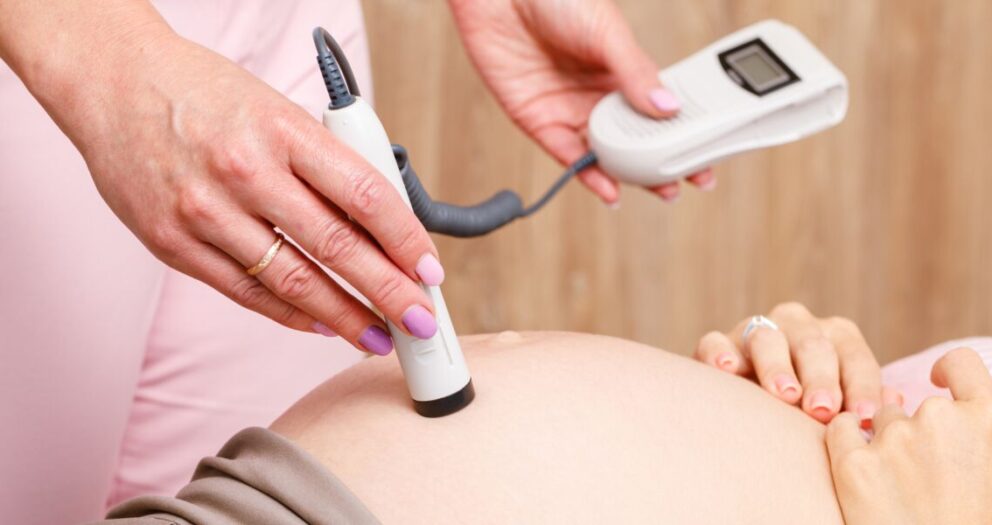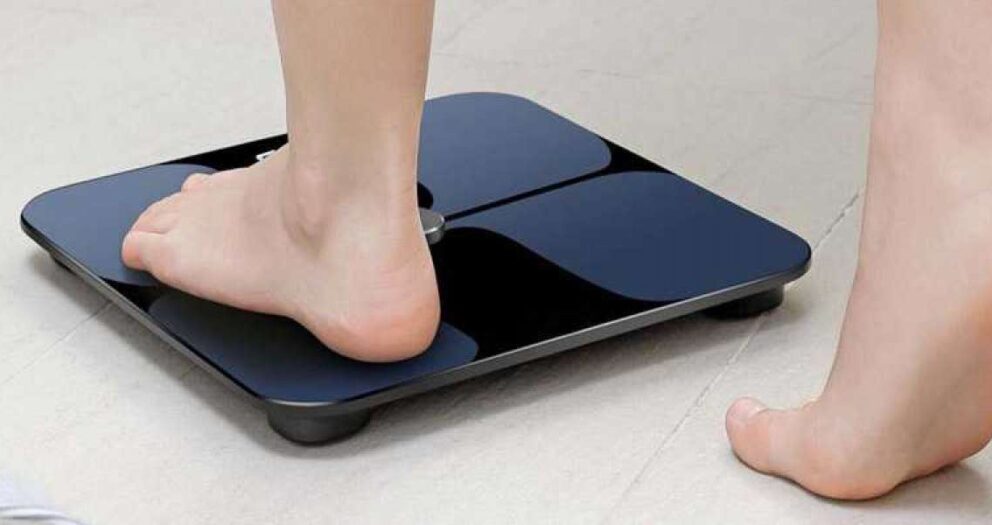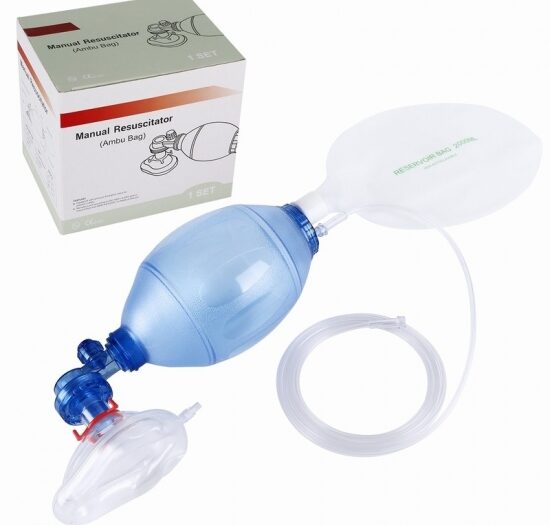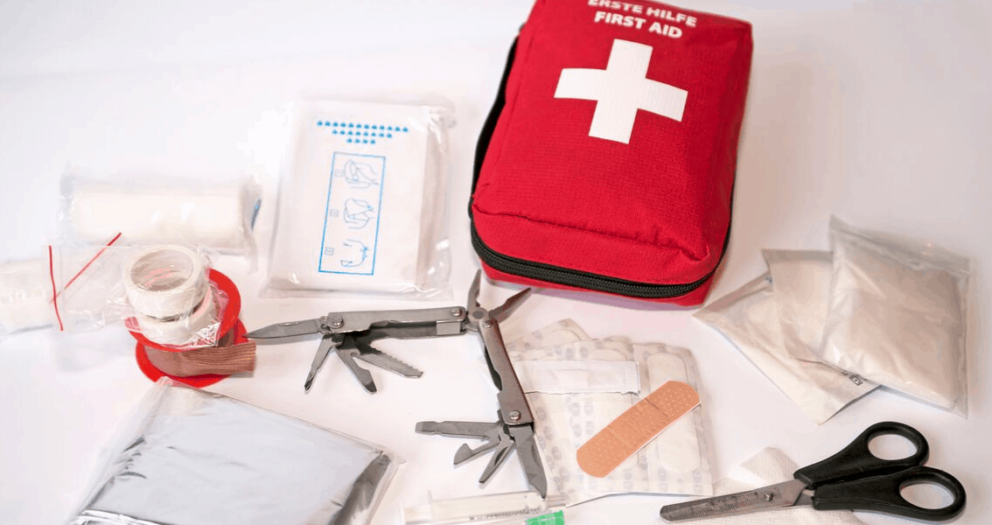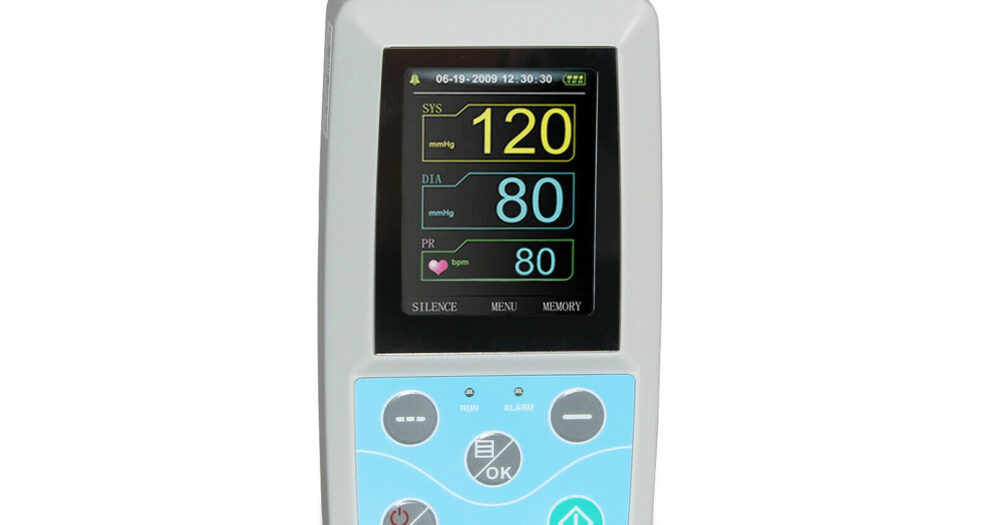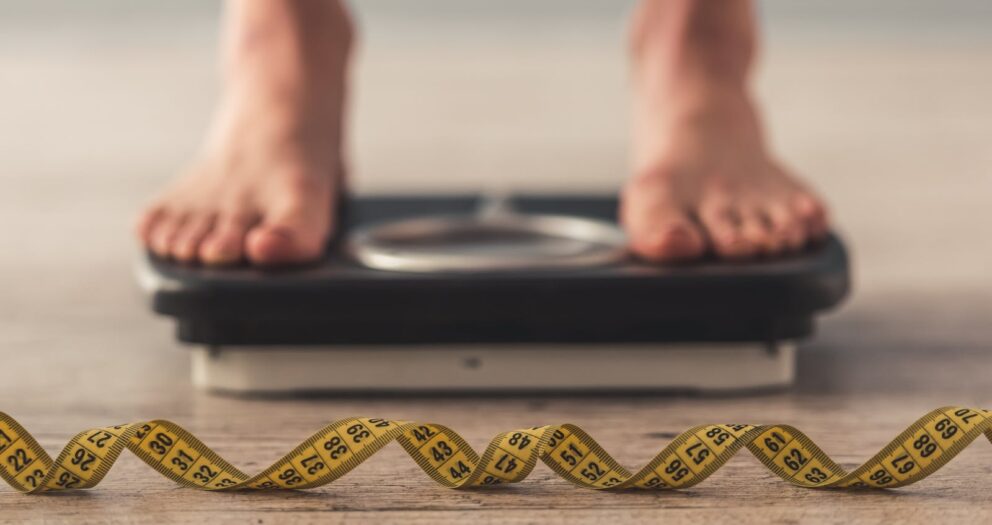Looking for something to ease your aching, tired feet? If you’re on your feet all day at work or have a medical condition that causes pain or swelling in your feet, a home massager is a convenient way to get some relief.
If you’re considering buying one, it’s essential to understand the benefits of having a massage tool and what to look for when buying a foot and calf massager for your home.
The Benefits of a Foot and Calf Massager
One of the main benefits of having a home foot and calf massager is that you can enjoy a massage anytime you want and right from the comfort of your living room.
But there are other benefits of a relaxing foot massage.
CAN IMPROVE CIRCULATION
Studies have shown that massage therapy helps improve circulation and may even help with muscle soreness.
Many of us lead more sedentary lifestyles, and this can cause tight and tired muscles. Unfortunately, it can also result in poor circulation, which can contribute to hypertension, high cholesterol and other issues.
A simple 10–20-minute foot massage can help improve blood flow in your legs and feet.
LOWERED BLOOD PRESSURE
High blood pressure (hypertension) affects nearly half of adults in the U.S. When left uncontrolled, hypertension can increase the risk of heart attack, stroke, heart failure, dementia and other serious health issues.
Research has shown that foot reflexology can help lower your heart rate and blood pressure.
HELP WITH ANXIETY
If you’re battling with anxiety, a foot massage can help you relax and may ease your symptoms.
A 2014 study found that a 20-minute foot reflexology session helped ease anxiety in patients undergoing heart surgery.
A smaller study from 2000 found similar results in patients undergoing treatment for lung or breast cancer.
EASE BODILY ACHES AND PAIN
Pain is something everyone deals with at some point. Whether chronic or acute, massage can help ease your discomfort and uplift your mood.
Massage therapy, in general, can help alleviate pain. In fact, one study found that a foot massage decreased pain in patients undergoing heart surgery compared to a control group.
Massage can help lower cortisol levels and increase serotonin, which is the body’s natural pain-reliever. Not only can this help with pain, but it can also help with anxiety and depression.
Foot and Calf Massager Buying Guide – What to Look For
There are a few critical features to look for when buying a foot massager, such as:
FULLY ENCOMPASSING
One of the most important things to consider is whether the massager is fully encompassing. In other words, does it cover the entire foot, ankle and calf area? The more coverage, the more relaxing the massage and the better the circulation improvement.
HEATED MASSAGE
If you want to maximize the benefits of your foot massage, look for a massager that incorporates heat. Along with making your massage more relaxing, heat can help ease pain and tension.
VIBRATION
In addition to relaxing your muscles, vibration massage can:
- Boost circulation: One study found that vibration helped improve plantar skin blood flow.
- Reduce pain: Improved blood flow can help ease pain caused by inflammation or tight muscles. One study found that vibration provided more than 50% pain relief for half of the participants.
- Help with muscle spasms and cramps: It’s common to experience spasms and cramps in the calves and feet, especially if you’re a runner or spend most of the day on your feet.
Vibration also helps stimulate reflexology points and just feels great on aching, tired feet and calves.
Best Massage Chairs and Targeted Relief Products for Home Foot Massage
Finding the best foot massager can be a challenge, but we’re here to help. Here are some of the best massage chairs, as well as targeted foot and calf massagers for home use.
BEST HEATED FOOT MASSAGER – Medisana FM-888 | Shiatsu Foot Massager
The Medisana FM-888 | Shiatsu Foot Massager best foot massage machine for a heated foot massage. Under-foot rollers and vibrations help ease tension and improve circulation while helping you relax. In addition, Figure-Eight® and CirQlation® technologies mimic the movements of a massage therapist.
Warm Air Technology adds to the experience to melt away stress. Reflexology promotes healing and helps bring your body back to a more balanced state.
With the Medisana FM-888 | Shiatsu Foot Massager, you’re in control of your massage. Adjust the intensity and tilt of this calf massage machine with the touch of a button.

